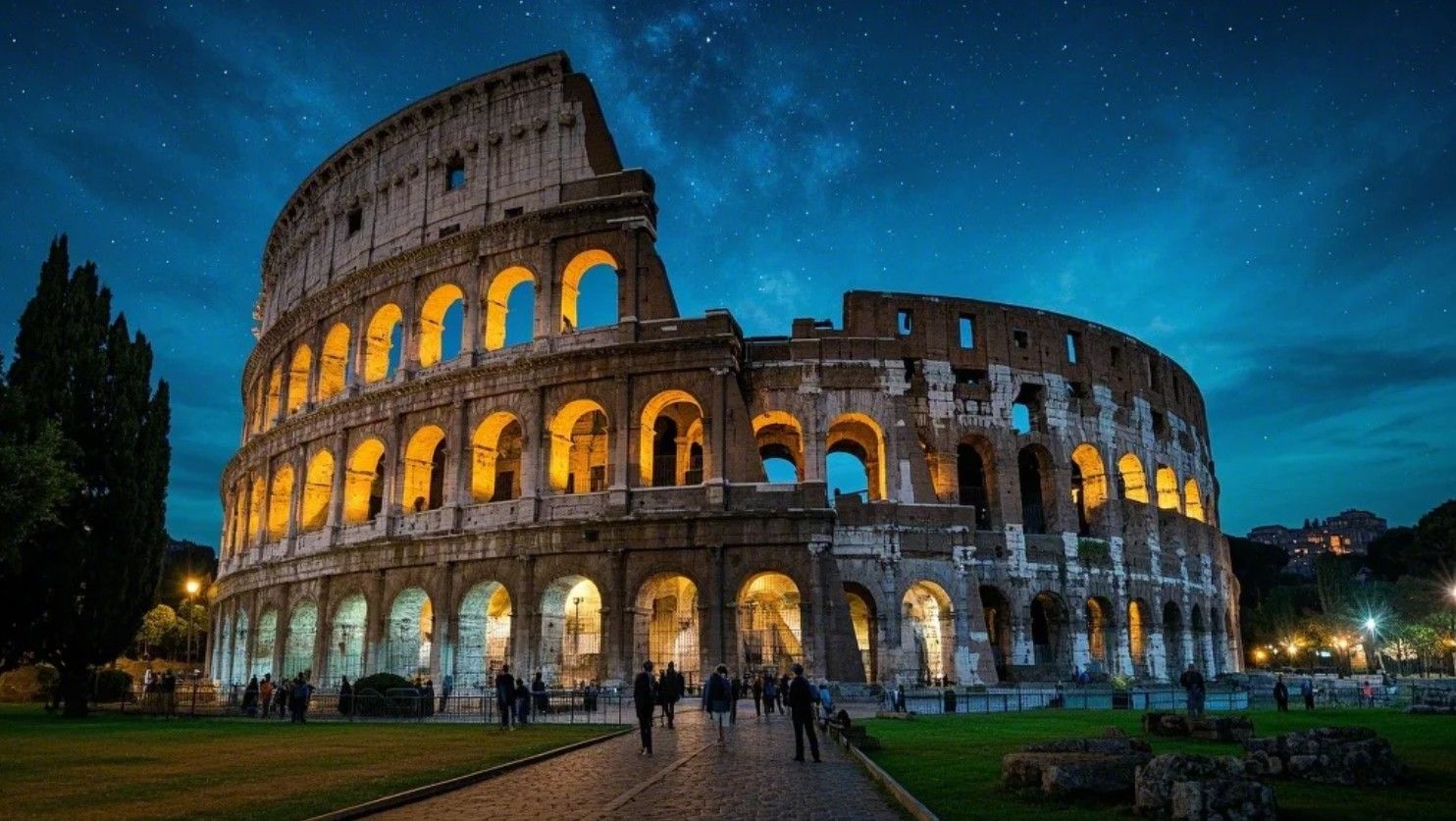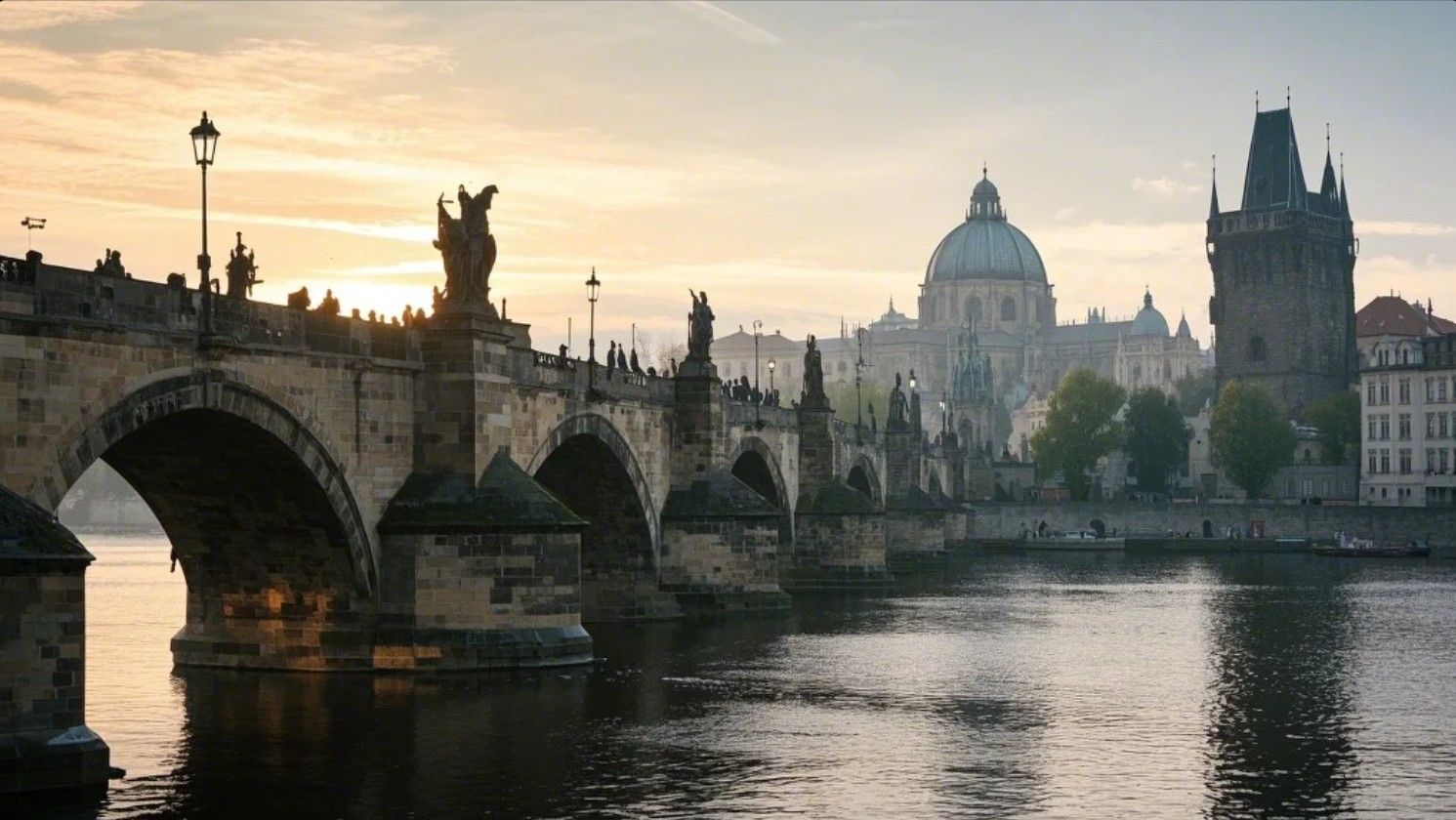Avoiding Crowds at Popular European Landmarks
| Europe is home to some of the world’s most iconic landmarks, from the Eiffel Tower in Paris to the Colosseum in Rome. While these sites are must-see destinations, they often attract massive crowds, which can detract from the experience. Fortunately, with a bit of planning and insider knowledge, you can enjoy these famous landmarks without the stress of overcrowding. Here’s your guide to avoiding the crowds and making the most of your European adventure. 1. Visit During the Off-Season One of the simplest ways to avoid crowds is to travel during the off-season. Peak tourist seasons in Europe typically run from June to August, when the weather is warm and schools are on break. Instead, consider visiting during spring (March to May) or autumn (September to November). Not only will the crowds be smaller, but the weather is often milder, and prices for accommodations and flights are lower.  Pro Tip: Some landmarks, like the Northern Lights in Iceland or Christmas markets in Germany, are best experienced in winter, making it a great time to visit. 2. Arrive Early or Stay Late Most tourists tend to visit landmarks during mid-morning to mid-afternoon. By arriving early in the morning or staying late in the evening, you can enjoy these sites with fewer people. Many landmarks open as early as 8 AM, and some, like the Eiffel Tower or Sagrada Familia, offer extended evening hours. Pro Tip: Sunrise and sunset also provide stunning lighting for photography, making your visit even more memorable. 3. Book Skip-the-Line Tickets Long lines are a common sight at popular landmarks, but you can bypass them by purchasing skip-the-line tickets or timed entry passes. These tickets allow you to enter at a specific time, often with priority access. Many landmarks, including the Louvre in Paris and the Vatican Museums in Rome, offer these options online. Pro Tip: Book tickets well in advance, especially for high-demand sites like the Anne Frank House in Amsterdam or the Acropolis in Athens. 4. Explore Lesser-Known Entrances Many landmarks have multiple entrances, and the main one is usually the most crowded. Research alternative entrances to save time and avoid the masses. For example: At the Colosseum in Rome, use the Gladiator’s Gate instead of the main entrance. At the Louvre, enter through the Porte des Lions or the Carrousel du Louvre shopping mall. At St. Peter’s Basilica in Vatican City, avoid the main square by entering through the Vatican Museums. Pro Tip: Ask locals or check online forums for insider tips on the best entrances. 5. Visit on Weekdays Weekends are typically busier at popular landmarks, as both tourists and locals flock to these sites. Plan your visits for weekdays to enjoy a quieter experience. For example, the Tower of London or Neuschwanstein Castle in Germany are much less crowded on weekdays. Pro Tip: Some landmarks, like the Palace of Versailles, are closed on specific weekdays (Mondays in this case), so check opening hours in advance. 6. Take a Guided Tour Guided tours often provide early access or exclusive entry to popular landmarks, allowing you to explore before the general public arrives. For example, early morning tours of the Sistine Chapel or Prague Castle offer a more intimate experience. Pro Tip: Look for small-group tours or private tours to avoid the crowds that come with larger tour groups. 7. Explore Nearby Alternatives Many popular landmarks have lesser-known alternatives that are equally impressive but far less crowded. For example: Instead of the Eiffel Tower, visit the Montparnasse Tower for panoramic views of Paris. Instead of the Colosseum, explore the Roman Forum or Ostia Antica. Instead of Santorini, consider the quieter island of Milos in Greece. Pro Tip: Research hidden gems in the area you’re visiting to discover unique and crowd-free experiences. 8. Use Technology to Your Advantage Technology can be a powerful tool for avoiding crowds. Use apps like Google Maps or TripAdvisor to check real-time crowd levels at landmarks. Some sites, like the Alhambra in Spain, also offer live updates on visitor numbers. Pro Tip: Set alerts or reminders to visit landmarks during their least busy times. 9. Stay Nearby Staying close to popular landmarks allows you to visit early in the morning or late in the evening when crowds are thinner. For example, staying near the Charles Bridge in Prague or the Rialto Bridge in Venice lets you enjoy these sites before the day-trippers arrive. Pro Tip: Look for boutique hotels or Airbnb options in quieter neighborhoods near the landmarks. 10. Be Flexible with Your Itinerary Flexibility is key to avoiding crowds. If you arrive at a landmark and find it too crowded, consider visiting a nearby attraction and returning later. For example, if the Buckingham Palace in London is packed, explore Hyde Park or Kensington Palace first. Pro Tip: Keep a list of backup activities or landmarks to visit if your original plans are too crowded. 11. Visit During Special Events or Holidays While it may seem counterintuitive, some landmarks are less crowded during local holidays or special events, as tourists often avoid these times. For example, the Berlin Wall Memorial is quieter on German Unity Day (October 3), as locals are celebrating elsewhere. Pro Tip: Research local holidays and events to find opportunities for crowd-free visits. 12. Respect the Site and Others While avoiding crowds is important, it’s equally important to respect the landmark and other visitors. Follow all rules, stay on designated paths, and avoid disruptive behavior. Pro Tip: Practice sustainable tourism by minimizing your environmental impact and supporting local businesses. 13. Take Advantage of Night Visits Some landmarks offer nighttime access, providing a completely different experience with fewer crowds. For example, the Alhambra in Spain and the Roman Colosseum both offer evening tours. Pro Tip: Night visits often include special lighting or guided tours, adding to the magic of the experience. 14. Plan Your Route Strategically When visiting multiple landmarks in one area, plan your route to avoid peak times. Start with the most popular sites early in the morning, then move on to less crowded attractions later in the day.  Pro Tip: Use apps like Citymapper or Rome2rio to optimize your route and save time. 15. Embrace the Quiet Moments Finally, remember that some of the best travel experiences come from quiet moments of reflection. Whether it’s sitting in a secluded corner of the Pantheon or watching the sunset over the Danube River, take time to appreciate the beauty and history of these landmarks without the rush of the crowd. Pro Tip: Bring a journal or sketchbook to capture your thoughts and memories in these serene moments. Avoiding crowds at popular European landmarks is entirely possible with careful planning, flexibility, and a bit of creativity. By visiting during off-peak times, using skip-the-line tickets, and exploring lesser-known alternatives, you can enjoy these iconic sites in a more peaceful and meaningful way. So pack your bags, plan your itinerary, and get ready to experience Europe’s treasures like a pro—without the crowds! |
Andrew
|
2025.03.21




